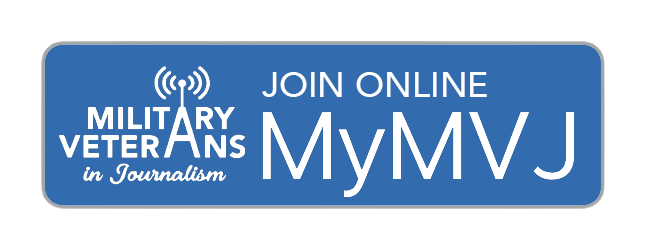

Photograph courtesy of Liam Kennedy.
Creating an image that has the capacity to change the world is truly a selfless act. The compelling factor in creating that image doesn’t come from the drive to gain awards or accolades – it comes from deep care and sensitivity to those that have allowed you access to the moment combined with the skill to know what to do with the tools you have at your disposal.
While serving as a Mass Communication Specialist in the Navy, I was exposed to many events that changed the world and profoundly impacted who I was in a short time. In 2013, I was 20 years old in Hong Kong on my first deployment aboard the USS George Washington (CVN 73) when we were recalled to the ship. We steamed toward the Philippines as Typhoon Hiyan made landfall and decimated the island of Guiuan.

Photograph courtesy of Liam Kennedy.
I don’t think at the time I really understood what I was doing by volunteering to go into a disaster zone. I had never been to one, had never seen suffering of that magnitude, and simply did not understand the weight I would carry for several years after. I stood up and told my assistant public affairs officer, Lt. Derrick Ingle, that I would go and make him proud. The images I created there went far and wide and made me fall in love with photojournalism and its power to help those in need.
Reflecting on that moment, I now understand how important it is to trust your gut and intuition when faced with a decision—doing what you deem necessary for the circumstances. It forever changed how I looked at photographs—what they could do and who they could help. It would still take another ten years from that moment to build a framework around what I now know to be photojournalism and documentary photography, two very different but very important fields.
I have documented biker culture in America related to choppers for the last eight years and learned the main difference between journalism and documentary photography is a total and uncompromising immersion into a subject, subculture, issue or idea.

Photograph courtesy of Liam Kennedy.
During my day job as a visual journalist with Gannett, I visit those I am photographing only a few times over days, weeks or months. Every job is different, every person has a certain comfort level, and every editor has a different vision for their paper. However, in documentary work, there are rarely deadlines, and you begin to shape your story and narrative as you revise, revisit and continue to dig for the story.
That is not to say that many of the same principles do not overlap and that papers do not take their time because that would be inherently false. There are, however, limitations with budgets, deadlines and the ever-evolving news cycle and industry that one must learn to adapt to.
Through the process of creating a body of work over many years, I have learned a lot about myself. Who I am and what I can endure could never have been learned solely in a sterile military environment. Since I was young, I’ve always been extremely hard-headed and will show you a yes if you tell me a no. That worked adversely against me many times while in uniform, but has also shown me great success as a civilian. The mindset of, “If I know this can be possible then it must be, no matter how often I am told no,” is one of the core tenets to success in one’s work.

Photograph courtesy of Liam Kennedy.
I left the military in March of 2020 as the pandemic hit. The hardest thing about separating from the Navy was that I had to figure out what kind of life I wanted, not the one the Navy told me I had to have. I had to learn better interpersonal skills. I had to apply for jobs with a resume for the first time. I tried and failed at starting a business. The resilience I learned in the military and the documentary work I had been photographing for so long carried me through many lonely nights spent wondering if I had made the right decision to part ways with the US Navy. I know I made the right decision for myself. I could no longer continue to feel as if I was sacrificing my authenticity, honesty and voice; I simply felt as though it wasn’t right to stay in uniform.
I wish I had known in my first days out of the service that a whole community would be waiting to embrace me on the other side. There are many workshops to help you enhance your skills, the G.I. Bill to help you get into a journalism school, and some photographers believe in passing along the wealth of their knowledge to continue building growth in successive generations of this community.

Liam Kennedy is a Nashville-based photojournalist who has been photographing for more than 10 years, eight while serving in the Navy as a communication specialist. He is passionate about documenting natural disasters, conflict and the modern-day biker. Recently Kennedy documented the war in Ukraine as well as the tornado that ravaged western Kentucky.
His work has been represented by Redux Pictures and featured by Bloomberg, CNN, Getty, ABC World News Tonight and Radio Free Europe.
Liam currently is a visual journalist at Garnett / USA TODAY NETWORK.



